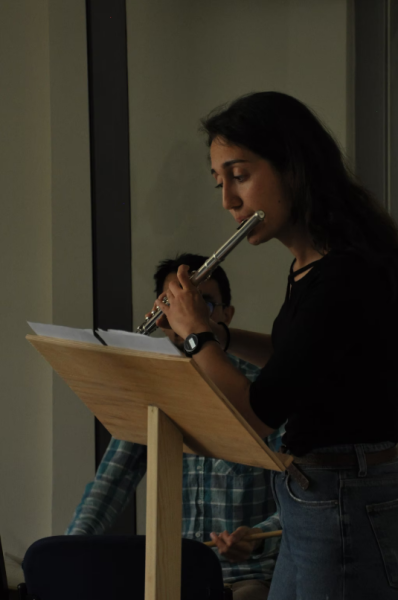- Home
- Music Tuition
- Instruments
- Woodwind
- Flute

Ready to learn the Flute?
Click here toapply for lessons
Welcome to the Flute
Would you like to know more about the fantastic flute? Our woodwind team has put together some useful information for you.
Click here toapply for lessons
Let's get playing!
Children and adults can learn to play the flute. It's a great choice for young learners age 6/7 upwards where little fingers can reach the keys and it helps if children have their adult front teeth (but not essential). 'Curved head' flutes make playing possible for the smallest children by shortening the space between the mouthpiece and the keys.
Musica Kirklees offer flutes on loan to our pupils to get you on your way (subject to availability).
Special features
The flute has a unique sound it is very different to all the other instruments in an orchestra with its distinctively soft, melodic notes.
It can feature as a solo instrument, and in orchestras it can often be heard leading the melody as its sound floats over the top of the other instruments. It can be found in wind bands too.
Why choose the flute?
Many players are drawn to the very special sound of the flute. Here are some other reasons why it is a popular instrument to learn:
- Good for learning breathing techniques
- Flautists join lots of ensembles and orchestras - lots of fun the the opportunity to develop as an all-round musician
- Flutes are easy to clean and assemble
The flute and its instrument family
Flutes are part of the woodwind family along with instruments like clarinets, bassoons, oboes, saxophones recorders.
Unlike most woodwind instruments, flutes do not have reeds on the mouthpiece. Instead, the sound is produced by blowing air over the hole in the same way as sound is made by blowing over the opening of a bottle.
The flute in action
The flautest demonstrates a wide range of textures, sounds and tones in this piece.
Poulenc Flute Sonata: I Allegretto Malincolico performed by Sir James Galway:

